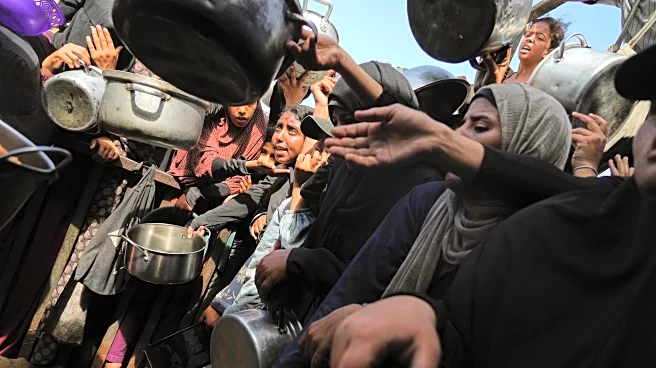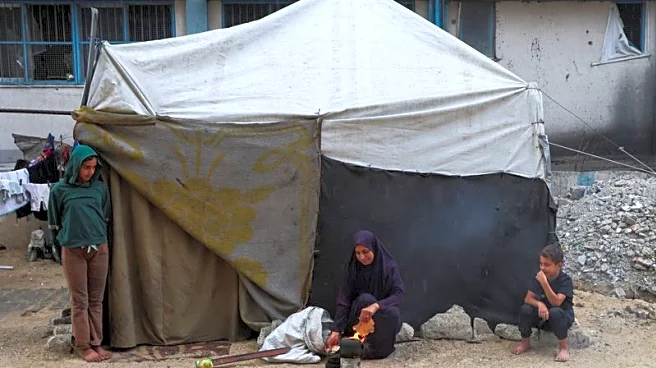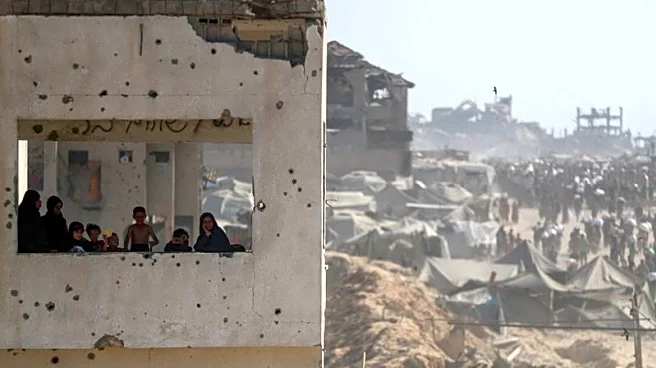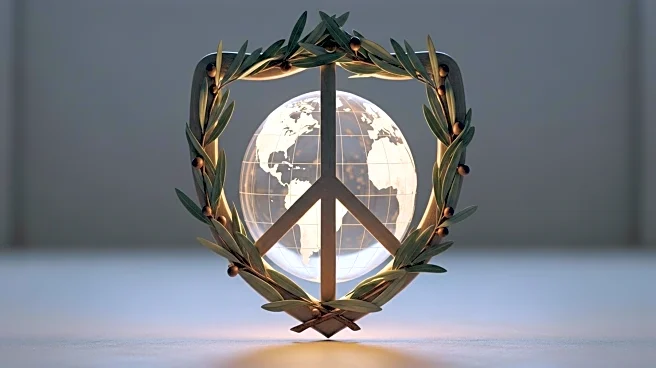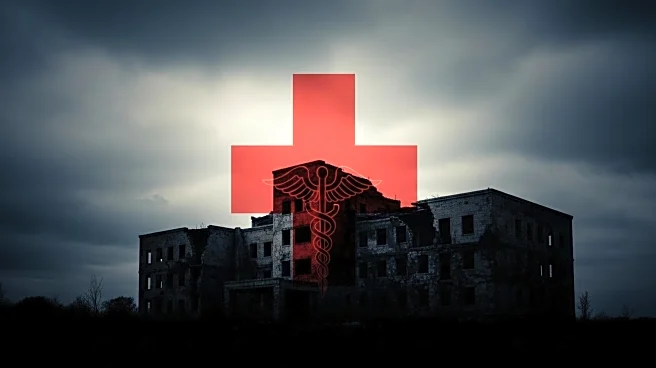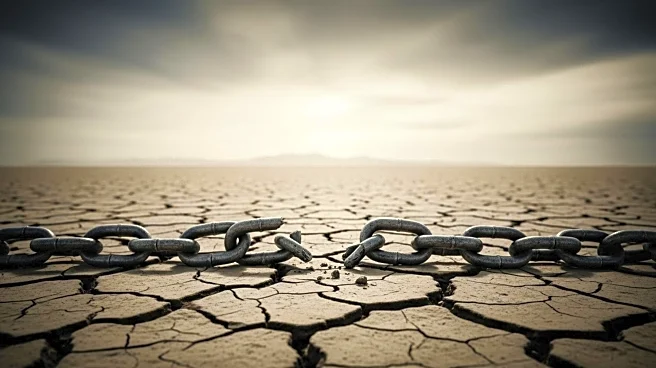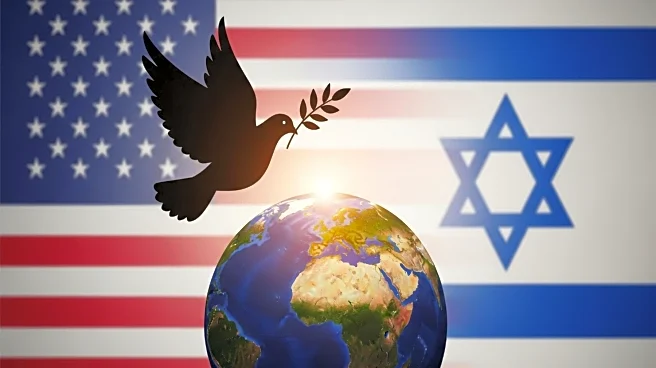What's Happening?
The United Nations is poised to deliver 170,000 metric tons of humanitarian aid to Gaza, contingent upon approval from Israel following a ceasefire agreement. The UN has been able to deliver only 20% of the necessary aid in recent months due to ongoing conflict and restrictions. UN humanitarian chief Tom Fletcher emphasized the urgent need for increased aid to address starvation and despair among over 2 million Palestinians. The ceasefire, announced by President Trump, offers a potential breakthrough for scaling up aid deliveries after two years of war and humanitarian crisis.
Why It's Important?
The potential influx of aid into Gaza is crucial for alleviating the severe humanitarian crisis exacerbated by prolonged conflict. The UN's ability to deliver aid at scale could significantly improve living conditions, addressing famine and restoring essential services like healthcare and sanitation. This development could also impact regional stability, as improved conditions in Gaza might reduce tensions and foster a more conducive environment for peace negotiations. However, the success of this initiative hinges on Israel's cooperation and the international community's financial support.
What's Next?
The UN plans to increase the number of aid trucks entering Gaza to between 500 and 600 daily, aiming to provide food, medicine, and other essential supplies to millions. The organization also intends to restore Gaza's health system, improve sanitation, and support education for school-age children. These efforts require substantial funding and cooperation from Israel to allow entry of aid and humanitarian workers. The UN is calling on developed countries to contribute to the aid effort, emphasizing the need for protection of civilians and clearance of unexploded ordnance.

